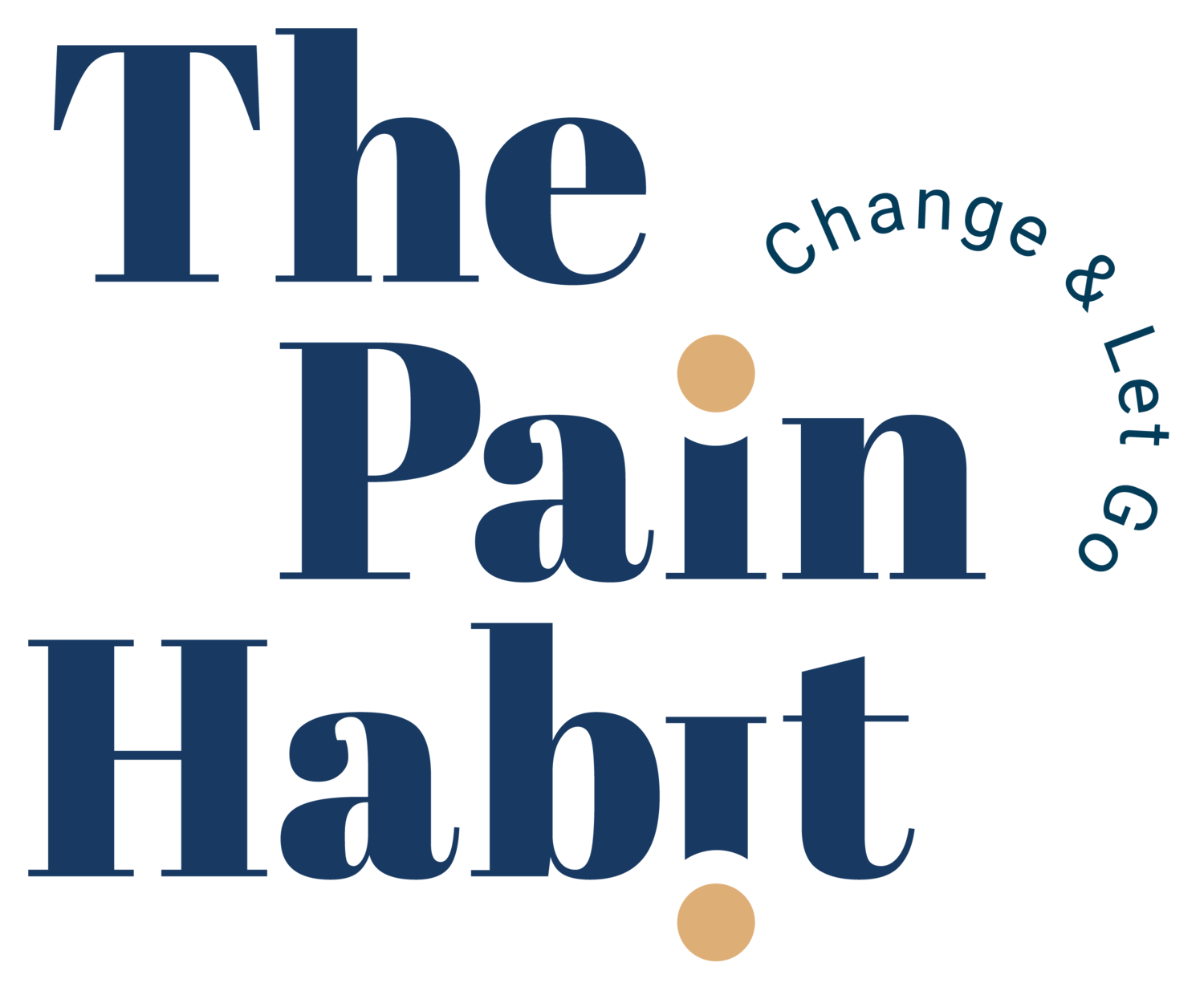A Need To Fix
You Desperately Want To Help
Here is some advice for a lovely lady who desperately wants to help her daughter in trouble. It is instinctual to help those we love, but our childhood may unconsciously instil the idea that we must fix everything for everyone. It can result in pain through the behaviours of attempting to remedy others' pain.
Often the person is subconsciously using the behaviour towards others to soothe the emotional pain of their childhood experience. It can manifest as a constant craving to fix problems, and these words followed a description where a patient had felt compelled once more to go to the rescue, resulting in a return of pain and the associated upset that brings.
You Have A Default
You undoubtedly have a default when you sense a problem; you feel responsible for 'doing' something to solve it. I have this, and it has its advantages. Still, it can be tricky that our brains fool us into thinking we're doing something practical when it invisibly gets us in the trying and problem-solving zone, perpetuating pain.
So when you can't fix things in the timeline you expect of yourself, the thoughts of failure or desperation pop up. These are all conditioned thoughts that you can start to observe objectively. If you can watch without following the thoughts and feelings associated with them, you'll see different feelings pop up, just like the tears of Tuesday.
We have to be careful that we're not 'doing' something because we're following an unconscious thought, and catching unconscious patterns is what we did the other day.
Sit in The Gap
That gap of sitting with the sensation allows us to notice what thoughts pop up if they do, and it allows us the space of non-reaction in the presence of the perceived 'problem, pain, feeling, emotion or sense of unease.
We'd generally be flying off with thought or activity as soon as we've felt or even anticipated the feeling we find so unpalatable to experience. The thoughts and behaviours temporarily cover up the feeling, but when they're finished, the feeling remains or comes back.
So that describes the feeling left after an event when it often puzzles people why the feeling is still there. Or it could be the unconscious anticipation of an event that the conscious mind hasn't recognised yet, but the unconscious mind has because it is juggling many more balls.
Drop The Default Mode
What we did together exposed you to the potential event where you drop into default mode - e.g. a call from your daughter. But this time, we sat with the sensation which came when the thought of her call appeared. So you'd generally jump up, get your bag, put your tin hat on and go and rescue whoever, without any concern for yourself.
If you've successfully done that, it's time to let your unconscious guard down.
So you can use imaginary events like the one you have experienced or curiously notice sensations that you may not have a conscious link to and practice then.
Don't Need T Know Why
Don't think you have to know why every feeling appears; know that you don't have to run from it or block it, and you are learning to be ok sitting with not knowing and the feeling at that moment.
If you can be ok with not knowing why the sensation is there, but know that there is no current and real danger, then you are not getting drawn into the problem-solving fixing mode, which can hijack what is a healthy practice to experience.
Both 'knowing why' and 'not knowing why' scenarios present opportunities to practice.
Start Gently
Some may have a slight emotional charge, and these are always a bit gentler to start on. Still, if you feel prepared to face the real tiger, which relates to your daughter and how you may want to protect her more than you were protected as a child, then you may find that quite cathartic.
You must choose what you feel is compassionate for you and your primitive brain to experience together. You are in control, and choosing to do that compassionately allows you to hold your hand as one part of you feels the fear, and the other can be calm enough to it down.
Yes, you may be helped with a plan of anchors, times and procedures, but lessening your attachment to that plan reduces the analysis and pressure which can come with it, and committing to being gentle with yourself as you recover, often leads to it happening it a different way to that which it scheduled by your plan.
‘Doing’ for Those We Love
So it is natural to give our time to those around us that we love. If pain relates to behaviours of doing for others, then the time to set new boundaries is now. It allows for recovery, possibilities for those around us to grow, and opportunities for the authentic expression of each individual to arise.
If this resonates with you, set your boundaries and get ready to grow when the next drama appears.
What’s next?
Take Your First Step to Recovery.
Join our FREE private Facebook group, The Pain Habit Community, to see how others have successfully returned to a pain-free life. Get support on your journey.
Sign up for The Pain Habit Blog below.
Subscribe to The Pain Habit YouTube channel.
Buy The Pain Habit book. Order here.




